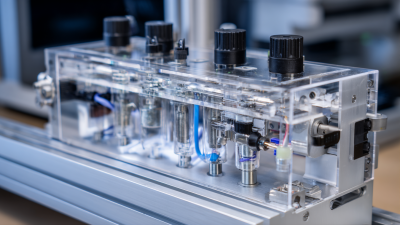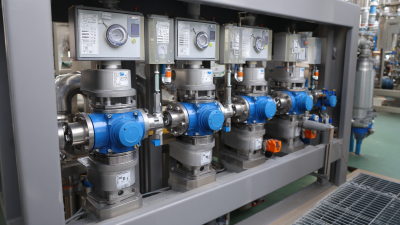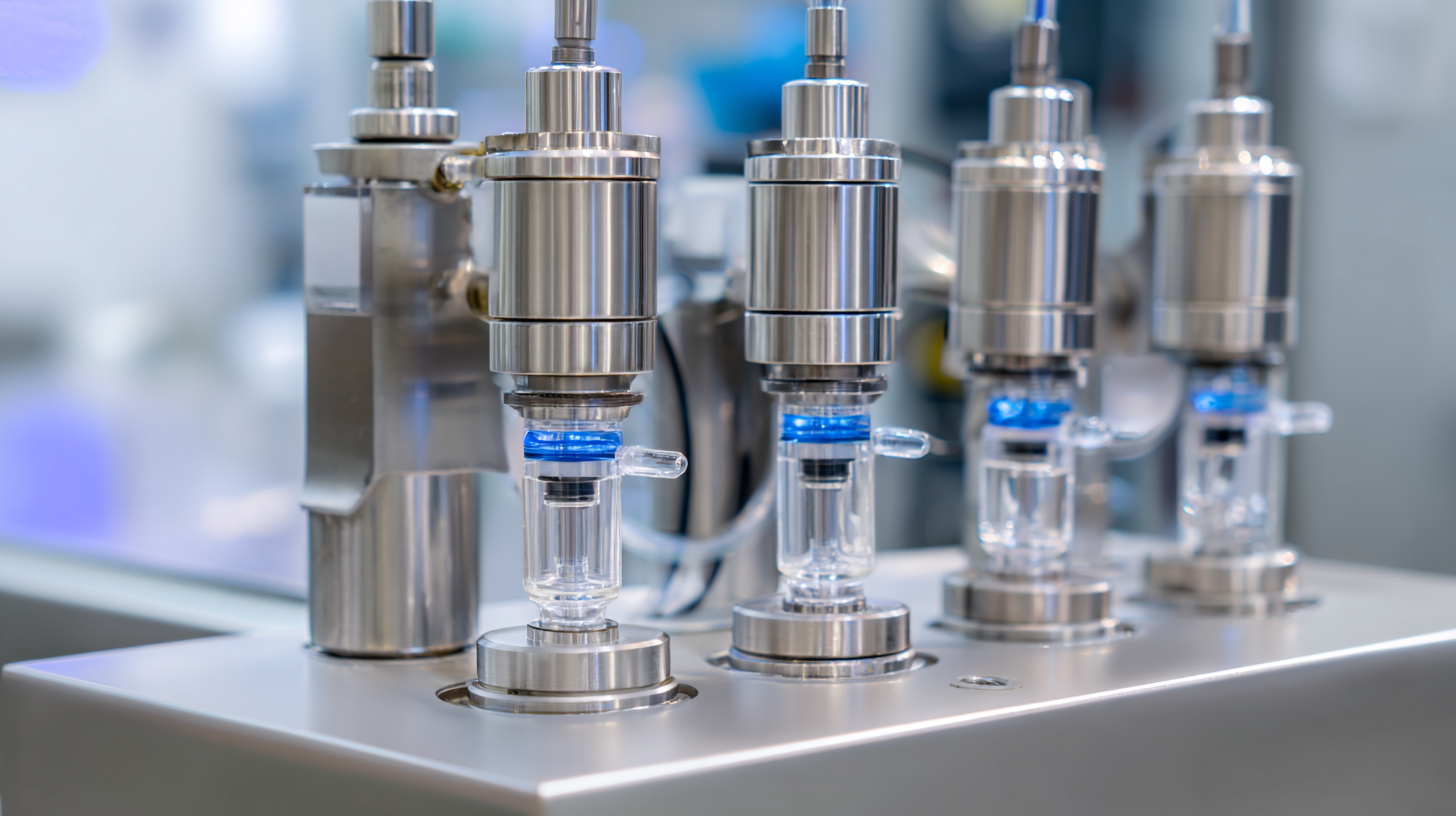 In the realm of fluid management, the demand for precision has never been more paramount. Micro dosing pumps have emerged as essential tools in various industries, including pharmaceuticals, agriculture, and chemical processing. According to a recent report by MarketsandMarkets, the global micro dosing pump market is projected to grow from USD 2.4 billion in 2022 to USD 3.5 billion by 2027, reflecting a compound annual growth rate (CAGR) of 8.5%. This growth underscores the vital role these pumps play in optimizing fluid delivery processes.
In the realm of fluid management, the demand for precision has never been more paramount. Micro dosing pumps have emerged as essential tools in various industries, including pharmaceuticals, agriculture, and chemical processing. According to a recent report by MarketsandMarkets, the global micro dosing pump market is projected to grow from USD 2.4 billion in 2022 to USD 3.5 billion by 2027, reflecting a compound annual growth rate (CAGR) of 8.5%. This growth underscores the vital role these pumps play in optimizing fluid delivery processes.
Micro dosing pumps offer unparalleled accuracy in dispensing minute quantities of liquids, which is crucial in applications where even slight deviations can lead to significant discrepancies in outcomes. For instance, in pharmaceutical manufacturing, the precision of active ingredient delivery can directly influence drug efficacy and safety. Furthermore, industries utilizing micro dosing pumps benefit from enhanced resource efficiency, reducing waste and operational costs while meeting stringent regulatory standards. As we delve into the "Top 10" advantages of micro dosing pumps, it becomes evident that they are not just an accessory but a pivotal element in achieving optimal fluid management.
Micro dosing pumps are revolutionizing fluid management in various industries, particularly in pharmaceutical environments where accuracy is paramount. The innovative features of modern micro dosing pumps enable precise control over liquid delivery, ensuring that the exact amounts of medication or nutrients are administered. This precision is crucial in pharmaceutical manufacturing, as even slight deviations can lead to significant implications for efficacy and patient safety.
Recent advancements in pumping technology, including enhanced peristaltic pump designs, have led to the creation of extensive datasets that benchmark dosing outputs. Such data is vital in optimizing dosing accuracy, allowing manufacturers to fine-tune processes further and reduce errors. Additionally, the integration of automation in infusion systems streamlines medication delivery, making it an essential tool in modern healthcare. With the aid of advancements such as piezoelectric materials, these pumps not only improve precision but also enhance the reliability of drug delivery systems, paving the way for safer and more effective treatments.
| Feature | Description | Benefit | Application |
|---|---|---|---|
| High Precision Control | Advanced control mechanisms for precise fluid dosages | Ensures accurate dosing for improved product quality | Laboratories, Pharmaceuticals |
| Compact Design | Space-saving design optimized for efficient installation | Easier integration into existing systems | Manufacturing, Research Facilities |
| Versatility | Compatible with a wide range of fluids and chemicals | Flexibility in applications and industries | Food & Beverage, Chemical Processing |
| User-Friendly Interface | Intuitive controls for easy operation | Reduces training time for operators | General Industry, Education |
| Real-Time Monitoring | Integrated sensors for live feedback | Enhanced precision through constant adjustments | Food Safety, Pharmaceuticals |
Micro dosing pumps are revolutionizing fluid management across various industries by enabling precise dispensing and control of fluids. These advanced pumps are particularly beneficial in sectors such as pharmaceuticals, chemicals, and food processing, where accuracy is paramount. By allowing for accurate measurement and delivery of small volumes of liquid, micro dosing pumps reduce waste and enhance product consistency. Their compact size and flexibility make them ideal for integration into automated systems, enabling manufacturers to streamline operations while maintaining high standards of quality.
In the realm of 3D printing, the application of micro dosing pumps is opening new avenues for creating micro and nano devices. By precisely controlling the flow of materials, these pumps facilitate the production of intricate structures that were previously difficult to achieve. This technology is crucial for industries that require exact specifications, such as electronics and biomedical engineering. As the demand for miniaturization grows, the role of micro dosing pumps in supporting sustainable manufacturing practices is becoming increasingly important, promoting efficiency and reducing material waste in production processes.
Micro dosing pumps and traditional pumps serve critical functions in fluid management across various industries, particularly in pharmaceuticals. Recent advancements in the field have highlighted the importance of precision and accuracy in dosing outputs. A comprehensive dataset focusing on peristaltic pumps has shed light on their performance in pharmaceutical manufacturing, demonstrating that micro dosing technology can significantly enhance dosing accuracy where it is paramount for drug formulation and patient safety.
Comparative analyses indicate that micro dosing pumps not only meet but often exceed the capabilities of traditional pumps, particularly in situations requiring high precision. For instance, in pharmacokinetic studies involving drug interactions, such as the assessment of CYP2C19 inhibition, the accuracy provided by micro dosing pumps is essential. Additionally, the growing infusion pump market indicates a robust interest in innovative technologies that prioritize accuracy and efficiency. This ongoing evolution reflects a broader shift towards utilizing advanced dosing methods to optimize fluid management in various medical applications.
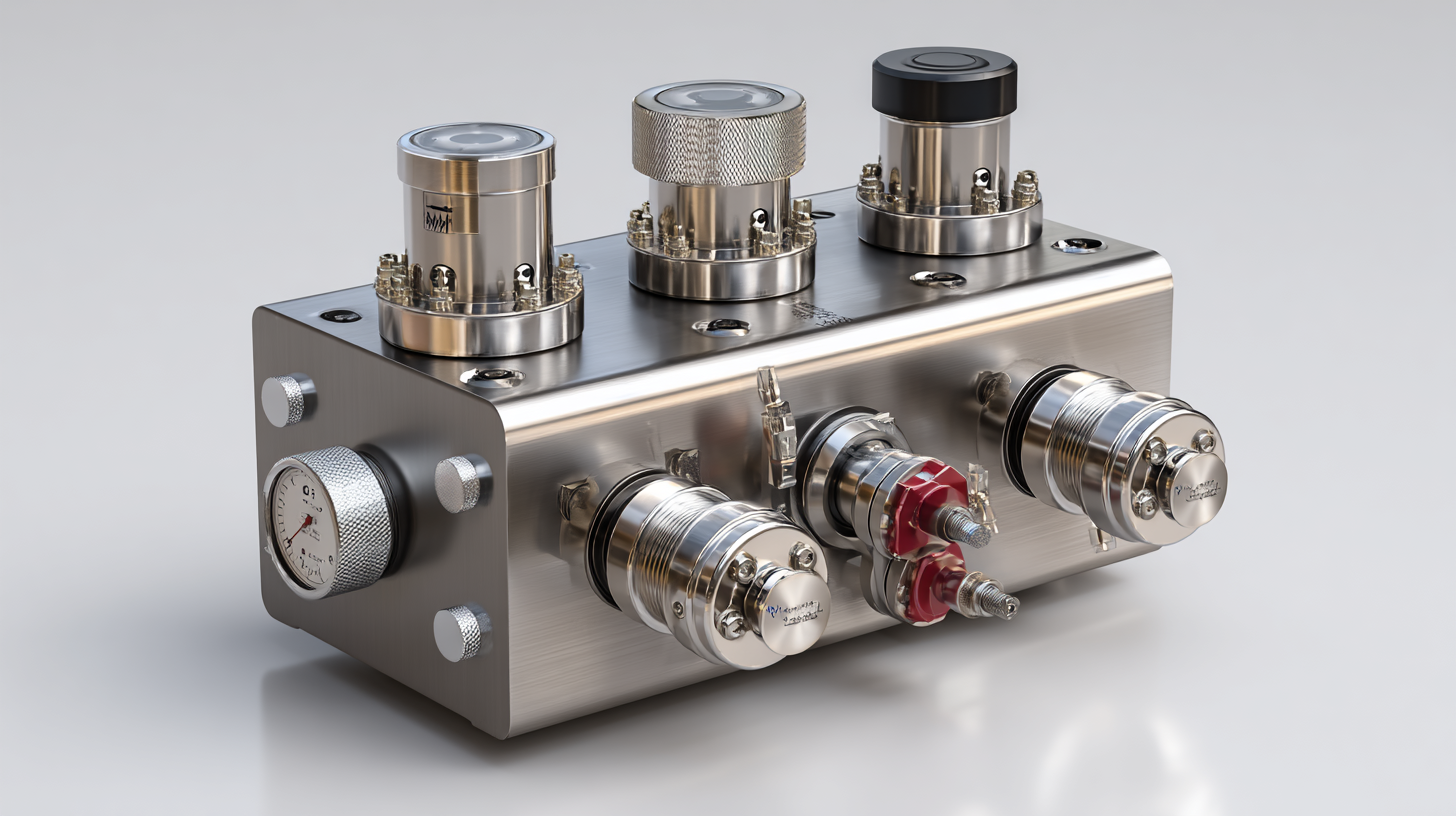
Implementing micro dosing systems requires a nuanced understanding of both the technology and the specific application context. Firstly, organizations should begin by thoroughly assessing their fluid management needs, including flow rates, viscosity, and the chemical properties of the fluids involved. This initial analysis helps in selecting the right micro dosing pump that aligns with the operational requirements. It’s important to choose pumps that offer high precision and reliability to minimize waste and ensure consistent results.
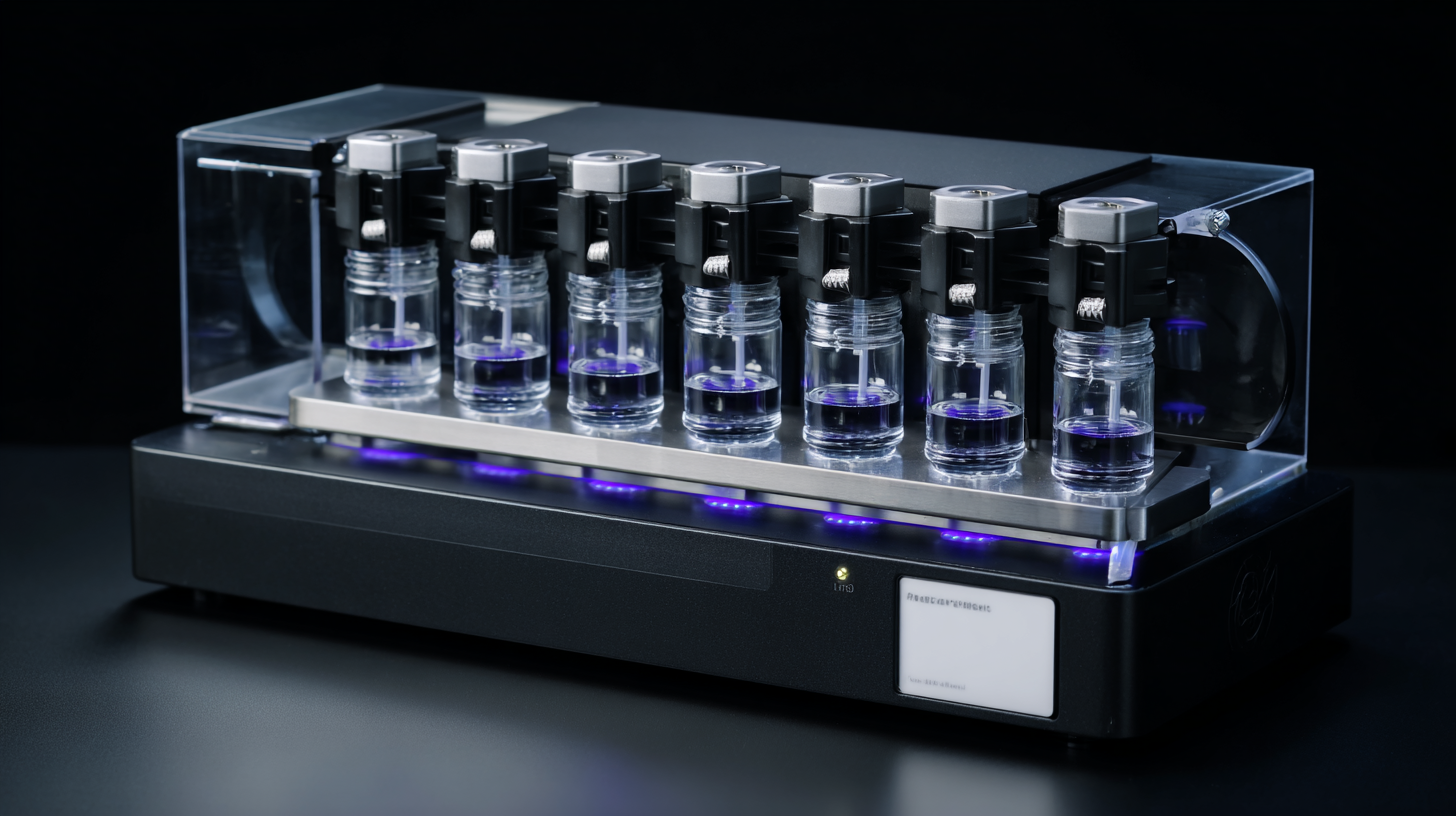
Secondly, training and integration are critical for the successful deployment of micro dosing systems. Personnel should be well-trained in the operation and maintenance of these pumps to avoid errors that could compromise performance. Additionally, integrating micro dosing systems with existing processes or software can enhance efficiency.
Utilizing real-time monitoring and automation features can further optimize fluid management, providing better control over dosing, reducing downtime, and improving overall operational productivity. By focusing on these best practices, organizations can harness the full potential of micro dosing technology for superior fluid management.
Micro dosing technology is revolutionizing fluid management across various industries, from pharmaceuticals to agriculture. Reports indicate that the global micro dosing system market is projected to reach $6.5 billion by 2026, growing at a CAGR of 8.3% from 2021. This trend reflects a growing demand for precise and efficient fluid delivery systems that can minimize waste and enhance product quality. As industries look for innovative solutions to optimize their processes, the future of micro dosing technology promises even greater advancements.
One anticipated trend is the integration of IoT and automation in micro dosing systems. These smart dosing pumps will enable real-time monitoring and control, further enhancing precision. A recent study indicated that facilities employing automated micro dosing solutions reported a 30% reduction in material wastage. This not only boosts efficiency but also significantly lowers operational costs.
Tips: When considering the implementation of micro dosing technology, assess your current fluid management practices to identify areas for improvement. Invest in training for your staff to ensure they are well-equipped to operate these advanced systems. Always seek out reliable data reports to stay informed regarding potential innovations in micro dosing technology that can benefit your operations.


